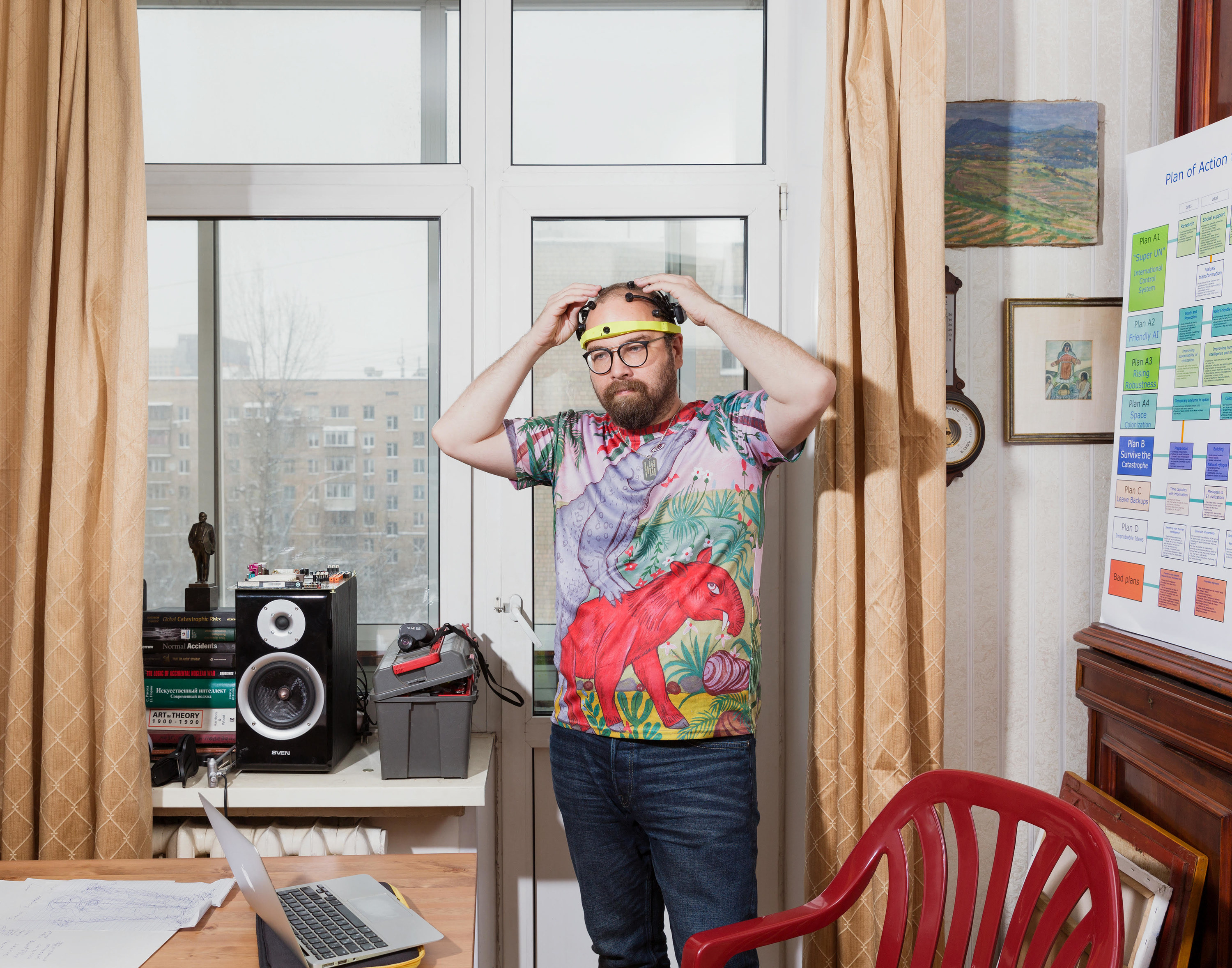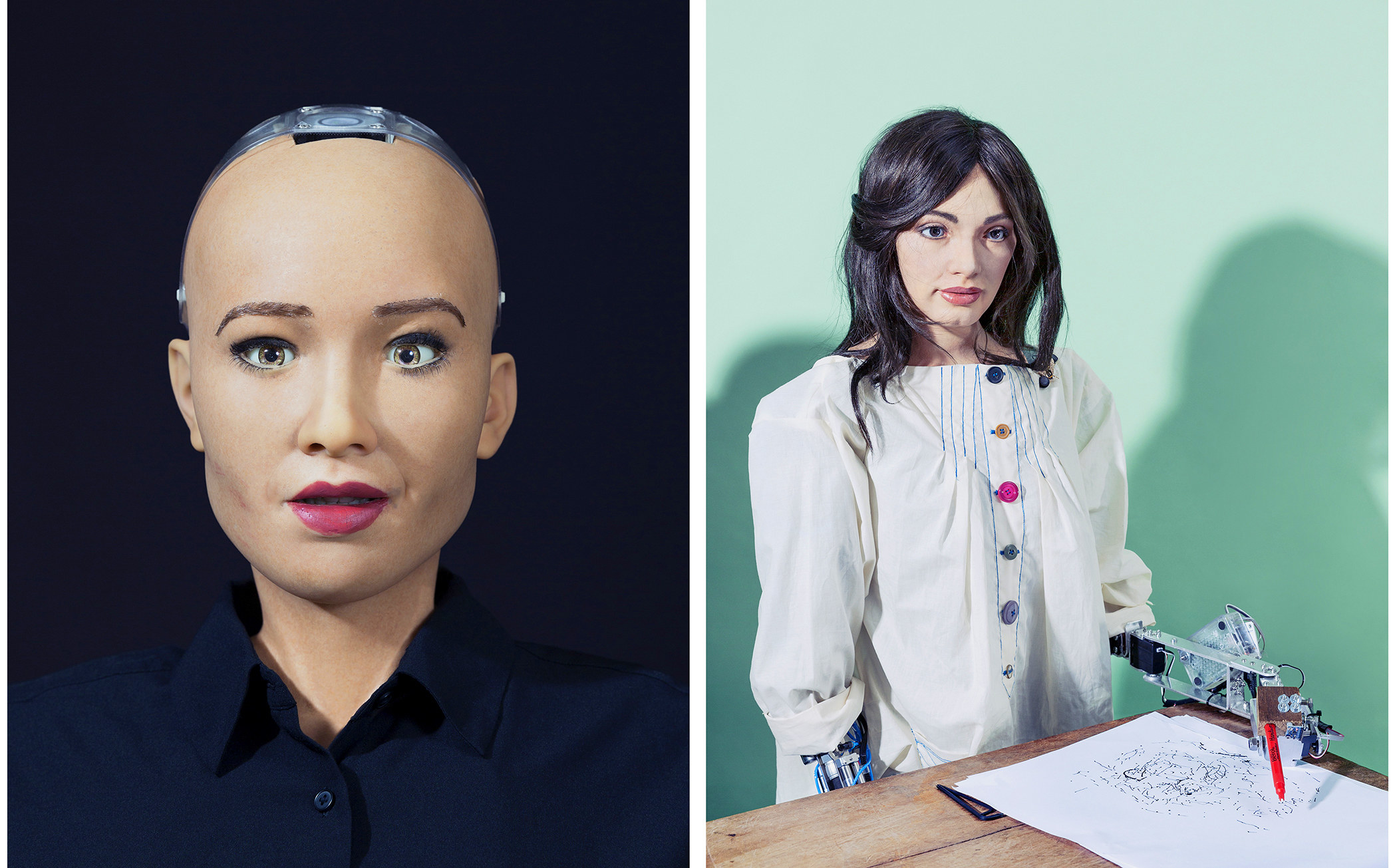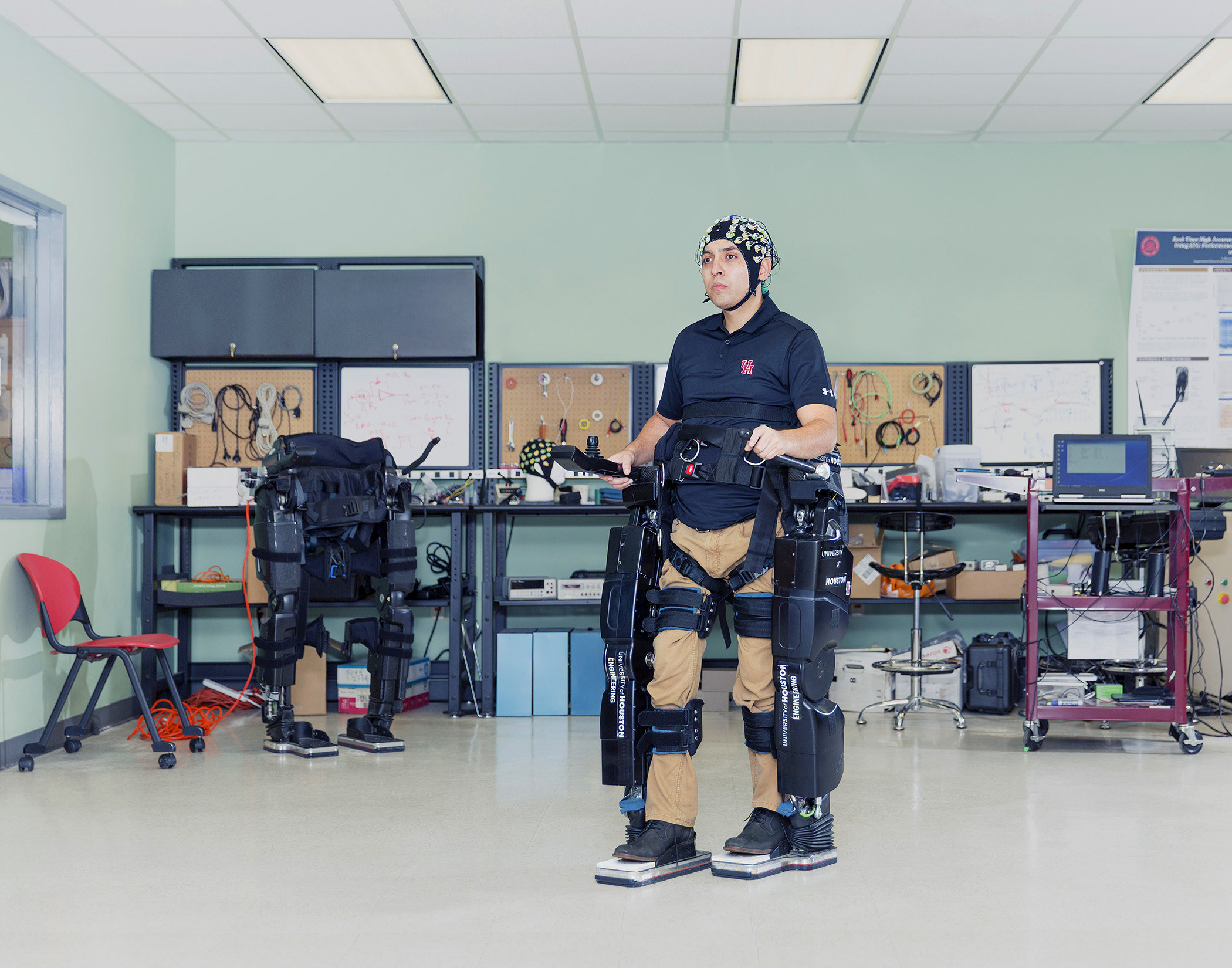
Sign up for the BuzzFeed News newsletter JPG for behind-the-scenes exclusives from renowned photographers and our hard-hitting photo stories.
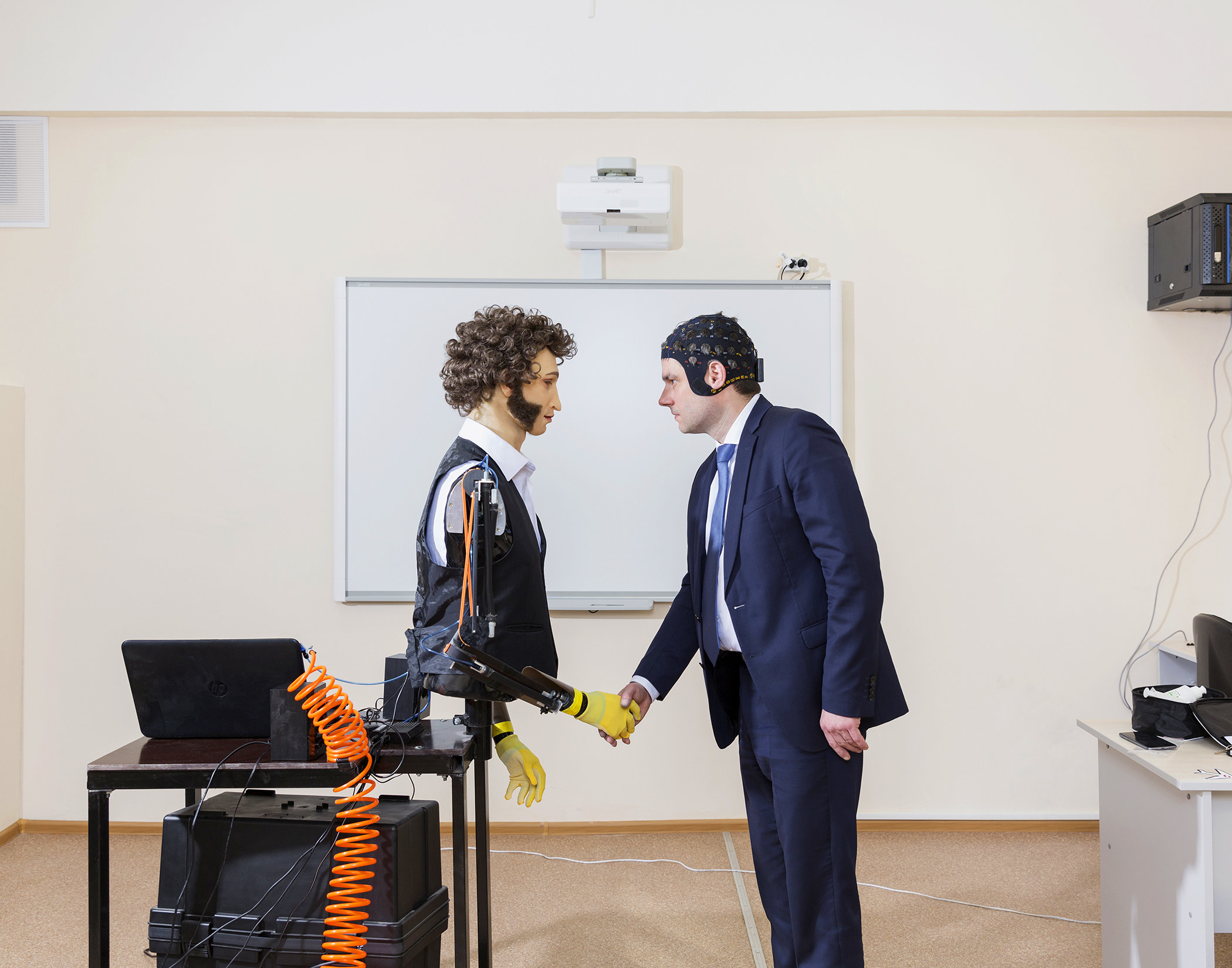
In recent weeks, as many continue to self-quarantine during the coronavirus pandemic, our use of technology has fostered a new chapter of connectivity. While separated from much of the human contact we shared only weeks before, it's through technology that we've been able to maintain those relationships with friends and family that make us human.
For transhumanists, the possibilities of human interconnectivity via technology is only the beginning of how people may eventually transcend the limitations of their bodies. Photographer David Vintiner and art director Gem Fletcher set out to meet the innovators, artists, and dreamers within the transhumanism movement who are pushing the boundaries of their biology to become something more than human. Their project I Want to Believe consists of three chapters — the first touching on wearable technology, the second on individuals who have made permanent changes to their bodies, and the last on how some transhumanists plan to transcend the human condition.
Here, David Vintiner shares his experience working on I Want to Believe and describes how what was once science fiction may now be reality.
Can you explain some of the concepts behind the transhumanist movement?
David Vintiner: Transhumanism is the belief that human beings are destined to transcend their mortal flesh through technology. They believe our biology constrains our experience of reality and that we don't have to accept what nature has given us. From bionic limbs and eyes to designing new senses and extending life expectancy, these individuals are redefining what it means to be human.


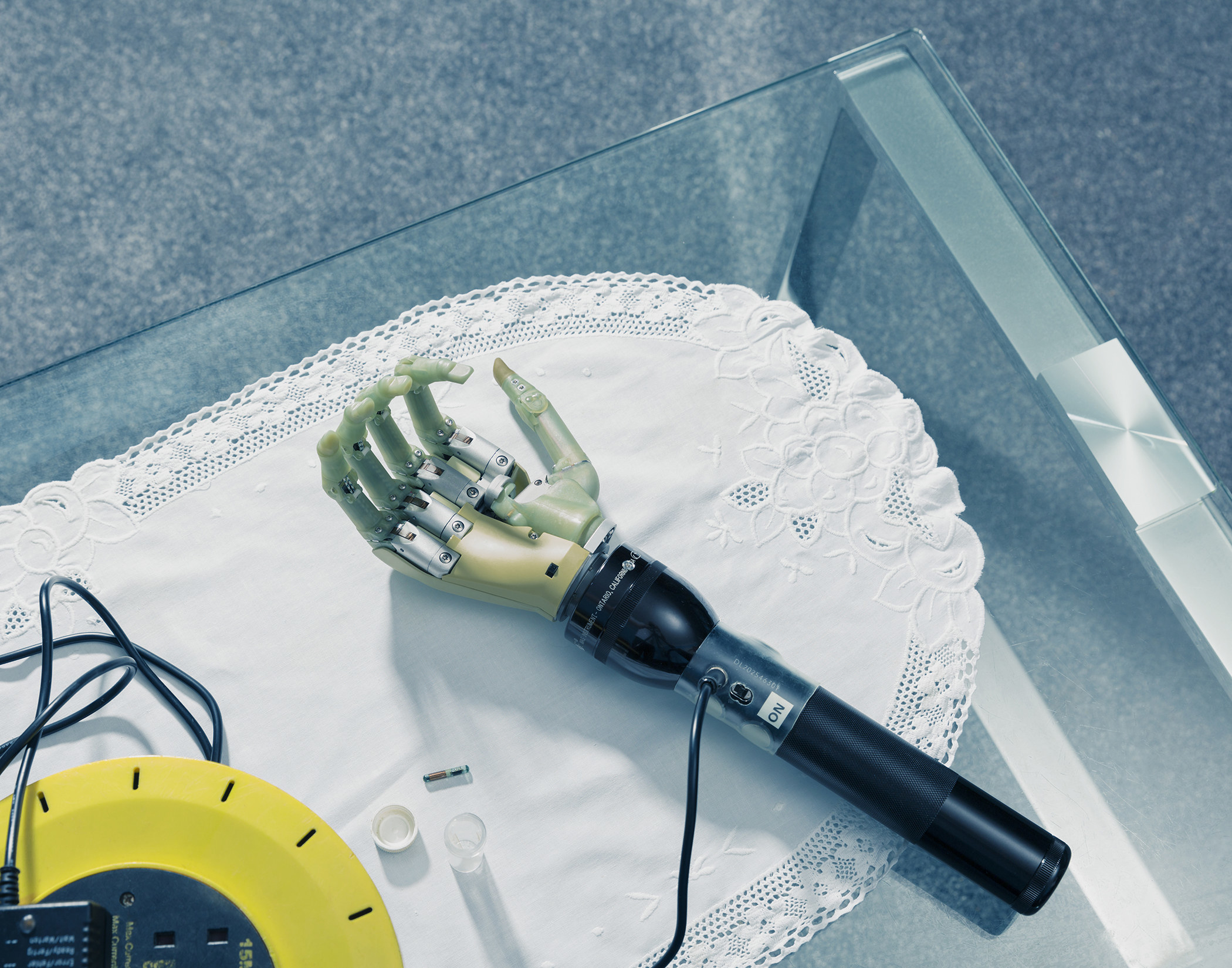
The movement is disrupting all aspects of life, including health care, culture, politics, and artificial intelligence. The profile of transhumans is as diverse as its applications, from artists and CEOs to academics and bedroom hackers. The work of the individuals in this book demonstrates how optimizing our brains and bodies could revolutionize and redefine humanity. As human architects, we are only limited by our imagination.
Although these ideas have long lived on the pages of comic books and sci-fi novels, the movement — now a reality — is starting to disrupt industries and individuals in meaningful ways. With technology evolving as fast as it currently does, further change is imminent. This book documents a critical moment in time as we enter the next chapter in human evolution.
Is this a new movement that only recent technological advances have brought forth or are there themes here that have deeper historical roots?
The movement has its roots in Russian Cosmism, a philosophy which emerged in the late 1800s and which espoused life extension, immortality and even the resurrection of dead bodies. But ideas about immortality and life after death obviously echo throughout the world’s major religions and have gripped the human imagination for millennia. Certainly technological advances have aided the speed and ease with which some of these themes can be explored, research into extending life expectancy is gathering pace, and access to cheaper computing power and technology is allowing individuals to work on their own projects too.
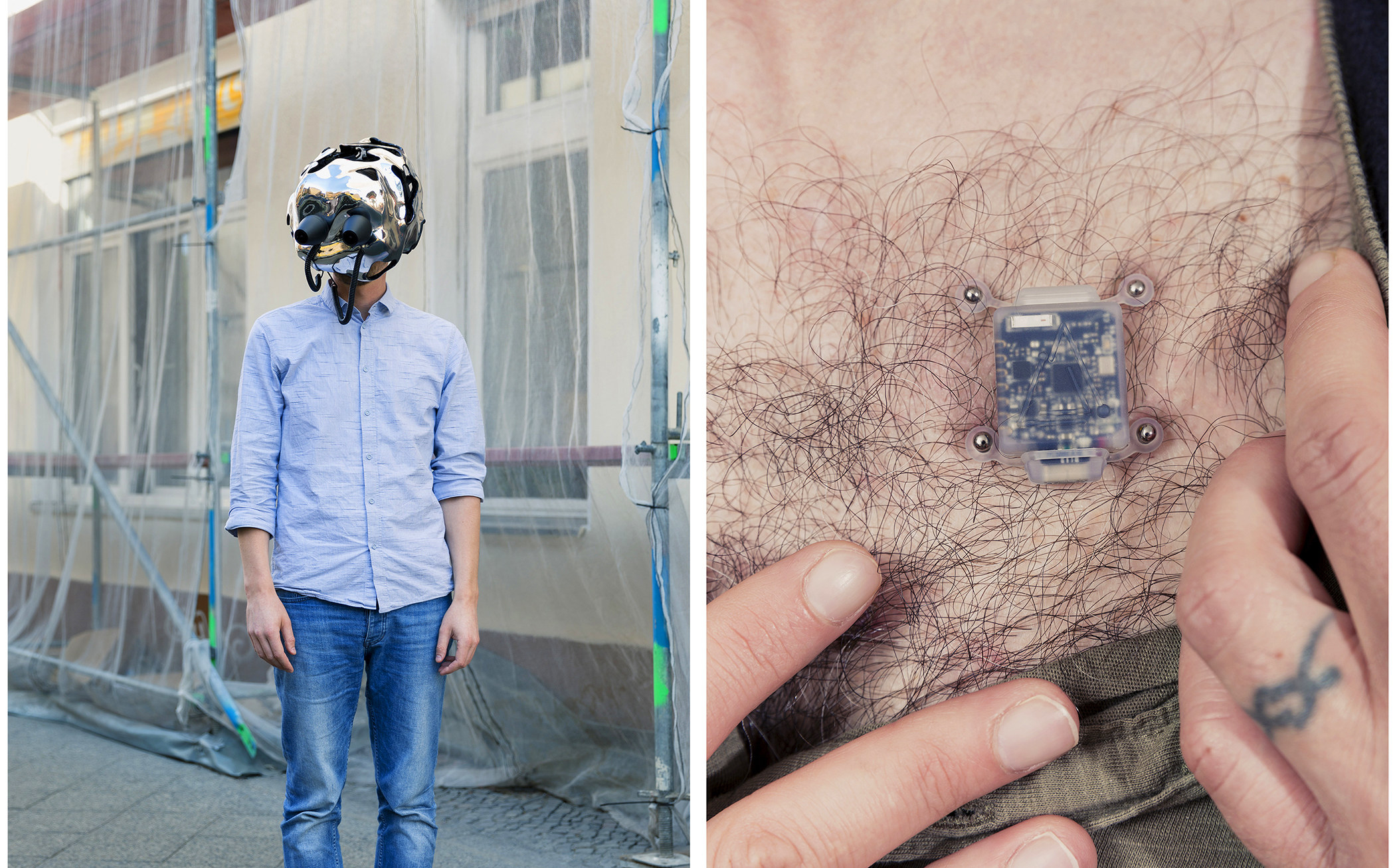
Where did I Want to Believe begin and how did the work develop?
The project began after Gem visited a series of talks hosted by the London Futurists Meetup group. She came to me with an idea to make a few portraits of some of the interesting people she met on that day. As we delved deeper into the subject, we started to recognize some of the themes emerging such as religion, evolution, and the singularity, the point at which humans and tech merge as one to create a new species.
The people photographed were selected in a way that tells as broad a story about the transhumanist movement as possible. We knew we wanted to split the book into three chapters to cover early experiments and temporary human enhancements, pioneers, and permanent enhancements, ultimately searching for immortality and a post-human future. Finding the subjects to cover all these themes meant many hours of research, but we also received some help from the community itself, most of whom were very pleased to help out and be photographed for the book.
It was also important to us to photograph as many of the people in their homes or workplaces as possible. We wanted to focus on the individuals and their motives and show that these experiments and practices are taking place here and now, in peoples living rooms and basements.
Do you consider yourself an optimist or pessimist when it comes to transhumanism?
I’m generally an optimist about these things, but I do have some concerns about what it might mean if humans are able to live extended lives of hundreds of years. That will have huge consequences for society and also raises questions about what it means to be human in the first place. If death is eradicated, how does that change the meaning of life? However, not all of the ideas in this book will come to fruition. Some of these ideas will fall away, hopefully leaving the ones which will truly benefit humanity.
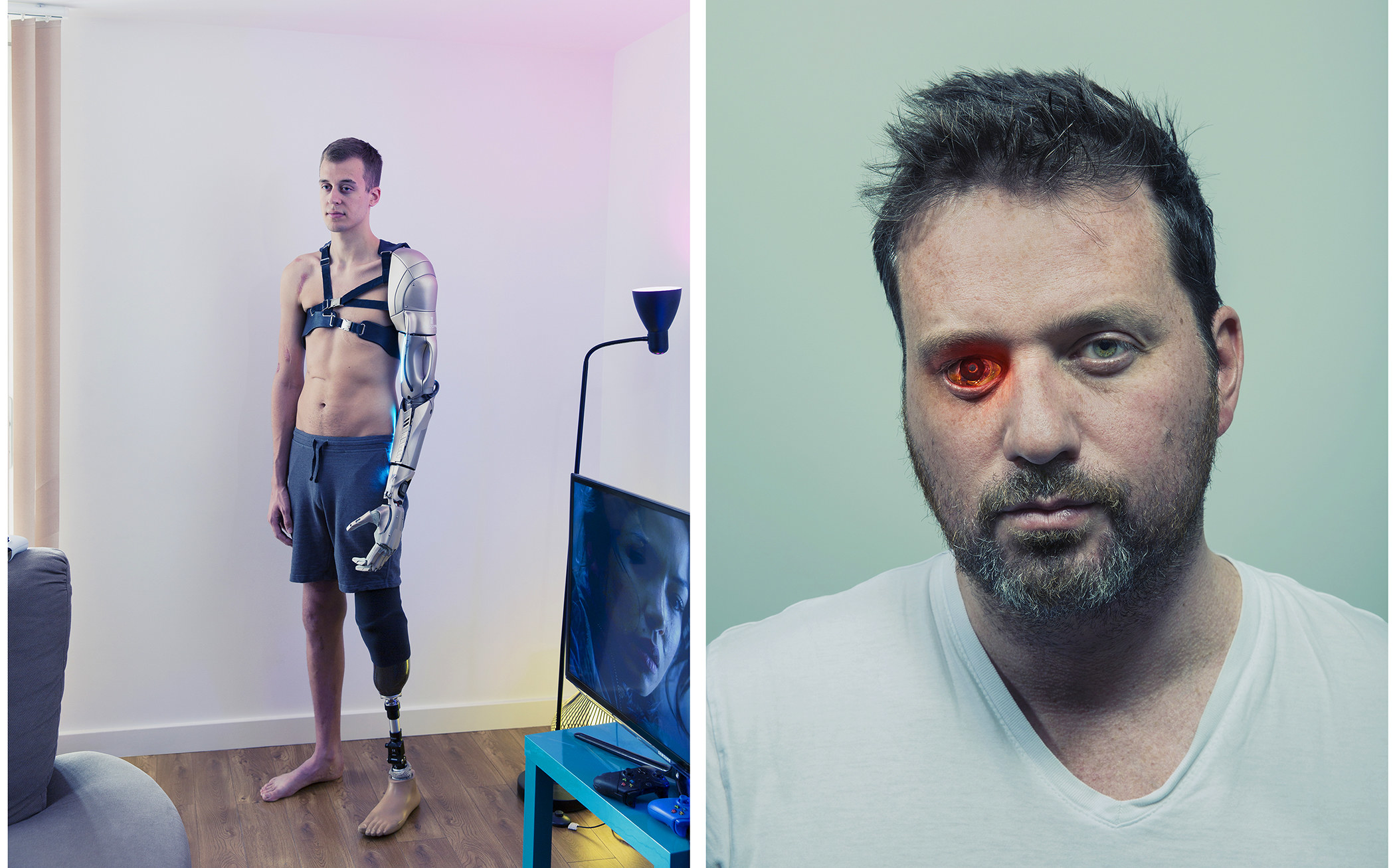

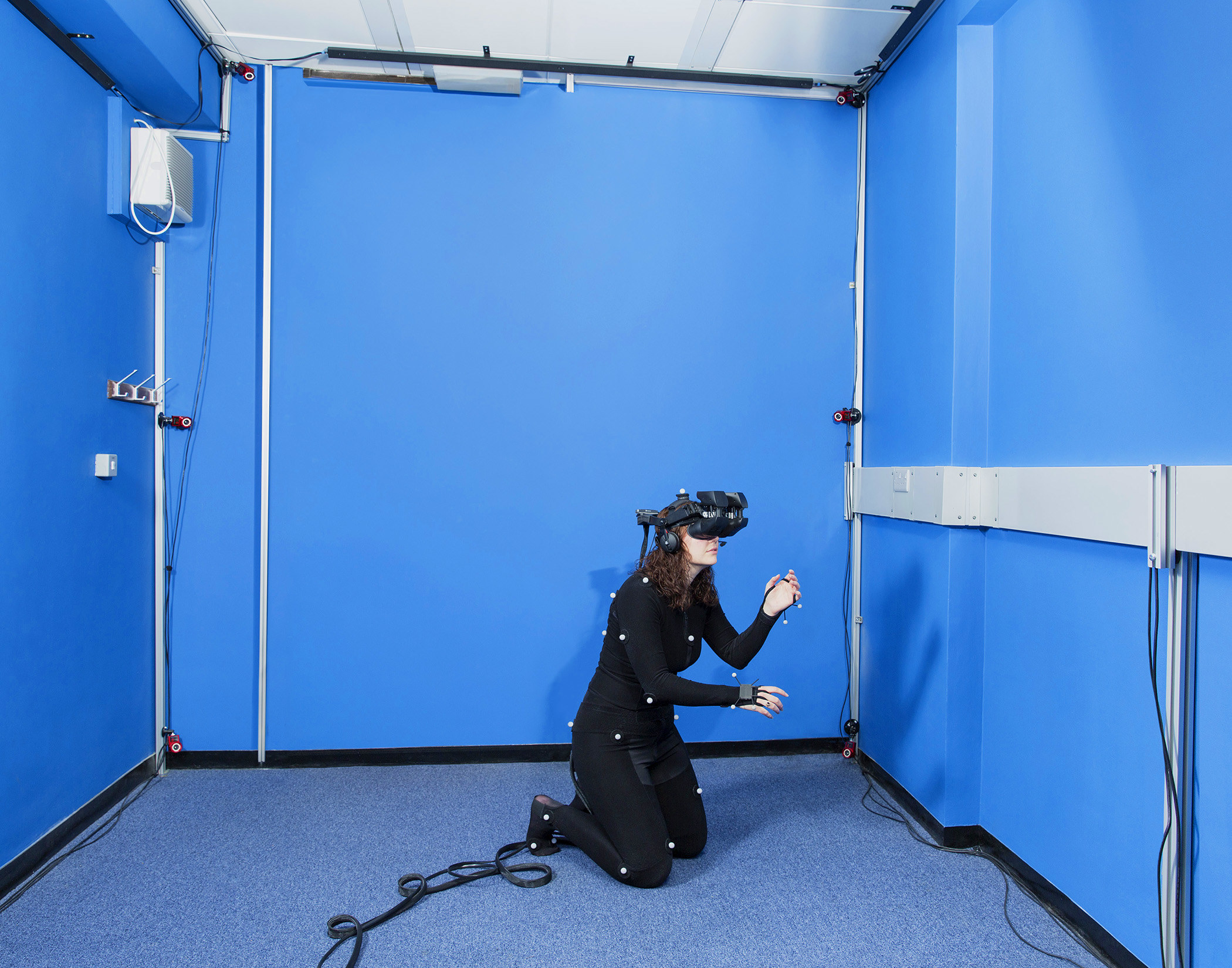
Is there a specific image or story behind an image that means a great deal to you?
I think the shots of Alexey Turchin are probably the most intriguing for me. Alexey embodied so many of the key themes within the book. As a dedicated life extensionist, he is the author of several roadmaps to help humans face future threats, including “The Roadmap to Personal Immortality,” “The Map of Alien Risks,” and “How to Survive the End of the Universe.”
Turchin is a committed advocate for digital immortality and believes that in the future, super-intelligent AI will be able to reconstruct a model of any human personality based on informational traces. Turchin is constantly collecting and recording data about himself, from DNA in his toenail clippings to details about his dreams, GPS data, sound recordings, and sketches of everyday objects with a view that this information will be assimilated into a future self. The fact that he was working on such expansive ideas from his flat in Moscow seemed to encapsulate the whole movement perfectly.
What do you hope people will take away from these images?
Some of the stories in this work may seem strange at first, but science and human advancement has always been propelled forward by the people who do things differently and those who are not afraid to break the rules. In these images, I see the brilliance of human ingenuity.
